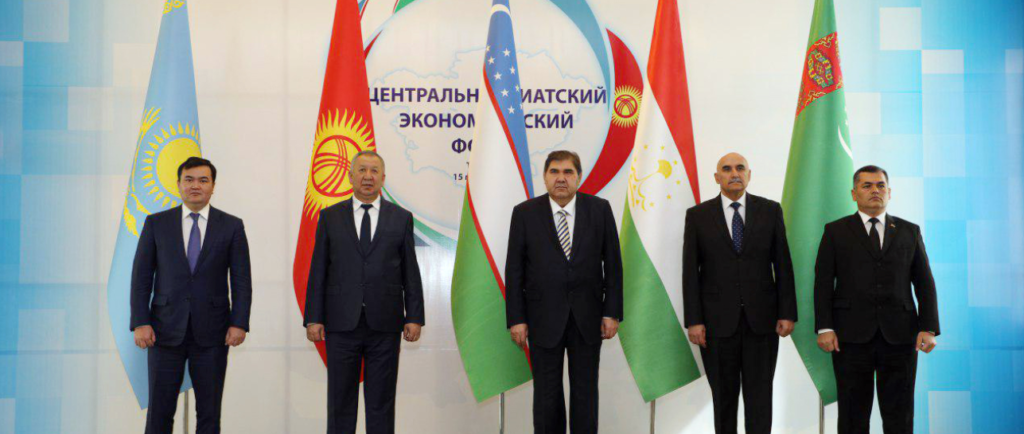ASTANA – Delegations from across the region gathered in Tashkent, Uzbekistan March 15 for the first Central Asian Economic Forum (CAEF). Government representatives discussed prospects of mutually beneficial logistics and trade.
The geolocation of the Central Asian states provides an excellent opportunity to serve as the main transit area to connect West and East. The region has been building new railways, roads, airways and checkpoints.
“We have greatly simplified customs procedures. We continue to open new checkpoints and to develop aviation and automobile communications and railway communication between the countries of the region. [We have also] resumed mutual energy supplies,” said Uzbek Deputy Prime Minister Elyor Ganiev.
Kazakhstan will soon complete numerous construction projects under Nurly Zhol state programme, including the Western Europe-Western China international transit road corridor which has already been commissioned. In addition, exports should be fostered by other international projects, such as the Baku-Tbilisi-Kars railway line. Kazakhstan has established a number of logistics centres such as the Aktau, Bautino and Kuryk seaports and Khorgos-Eastern Gate dry port.
“Central Asia plays an important transit role in the direction of North-South and East-West. In the past 10 years, Kazakhstan has invested about $30 billion into transport infrastructure,” said Kazakh Deputy Prime Minister Zhenis Kassymbek.
Kazakhstan proposed all Central and South Asian countries, including Afghanistan, India and Pakistan, create the Council for the Development of Transport and Transit Corridors of Central and South Asia, an interstate advisory and coordinating body. It will serve as another measure to increase the region’s economic and transport potential, as it will connect Central Asia with all regions of Europe, Russia and Persian Gulf and South Asia countries.
“To improve the trade and investment cooperation of the countries of Central Asia, we propose to fully use the potential of the existing railway lines connecting our countries. For more efficient and intensive cooperation, we should use the optimal tariff policy in the organisation of railway transit traffic. I am sure that the simplification of administrative procedures in the implementation of transport between countries would allow obtaining a positive multiplicative effect for all our countries,” said Kassymbek.
Central Asian countries demonstrate great cooperation potential in all areas based on the principles of good neighbourliness and mutual interest, he added.
Kazakhstan’s trade turnover with other regional countries increased 18.4 percent to $4.3 billion in 2018. More than half, or $2.5 billion, was with Uzbekistan, a 25.3-percent increase compared to the previous year.
Countries throughout the region plan to strengthen mutual trade by expanding the range of transported goods. The nations identified approximately 45 in-demand commodity items.
“There are great opportunities for investment cooperation in the mining industry, in the field of water and agriculture, engineering, energy, food industry, transport and communications,” said Kassymbek.
The participants also considered creating a business council that would connect regional business communities and joint ventures, as well as regular industry-specific business forums. They also agreed to work on interregional cooperation, develop mutual tourism and introduce Silk Road visa. All the actions should expand and deepen trade and economic, as well as cultural and humanitarian ties.


